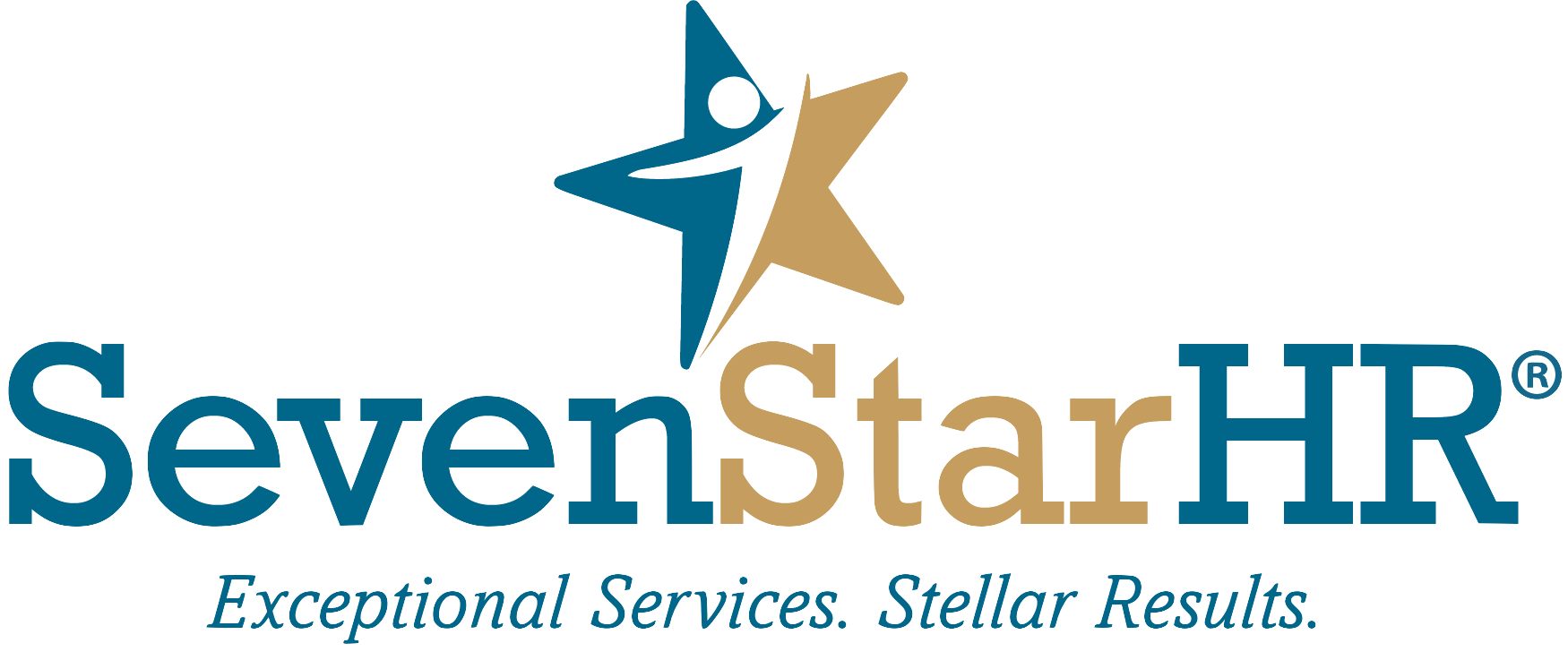New Year, Safer Workplace: Harassment Prevention Tips for 2025
Harassment prevention remains a key issue for federal agencies, which means it’s a key issue for all employers.
One of the most effective ways to prevent harassment is through open, clear, and consistent communication. Let your employees know, as often as possible, that harassment of any kind won’t be tolerated. It helps to give real-life examples of what’s not okay so everyone understands what’s expected of them. Make sure your complaints procedure is clear and accessible in your handbook.
Training is another key piece of the puzzle. Regularly training your team—both employees and managers—on how to spot and handle harassment is essential. These sessions don’t have to be boring or overly formal. Think of them as an opportunity to make sure everyone is on the same page about creating a positive, respectful workplace. A little effort here goes a long way in building trust and showing your team that you take this seriously.
Posting your anti-harassment policies in easy-to-see spots around the workplace makes it clear that your organization is serious about this issue. A well-placed Equal Employment Opportunity (EEO) policy statement sends a strong message that harassment won’t be tolerated, no matter where it happens.
Planning for the New Year
While these steps may not be new, the new year is a great time to revisit and fine-tune your harassment prevention efforts. Consider these reminders:
Update Your Harassment Policy
When was the last time your harassment policy was reviewed?
Ensure it explicitly prohibits discrimination based on pregnancy, sexual orientation, and gender identity.
Make it clear that harassment by visitors, customers, or third parties is also prohibited.
Redistribute Your Policy
When did you last share the harassment policy with employees? If it’s been more than a year, redistribute it and document the process.
Train Employees and Managers
Have you provided training on your policy, including how to file or manage complaints?
Document the training to ensure compliance and reinforce its importance.
Review Your Complaint Process
If complaints have been rare (a good sign), double-check your process for handling them.
Do you have trained staff who know how to investigate complaints? Consider additional training if needed.
Prevent Retaliation
Ensure employees and managers understand that complaints will not lead to retaliation.
Offer mechanisms for filing complaints outside the chain of command.
Comply with State Laws
If your state mandates annual harassment training, schedule it with a qualified professional to remain compliant. We can help with this!

